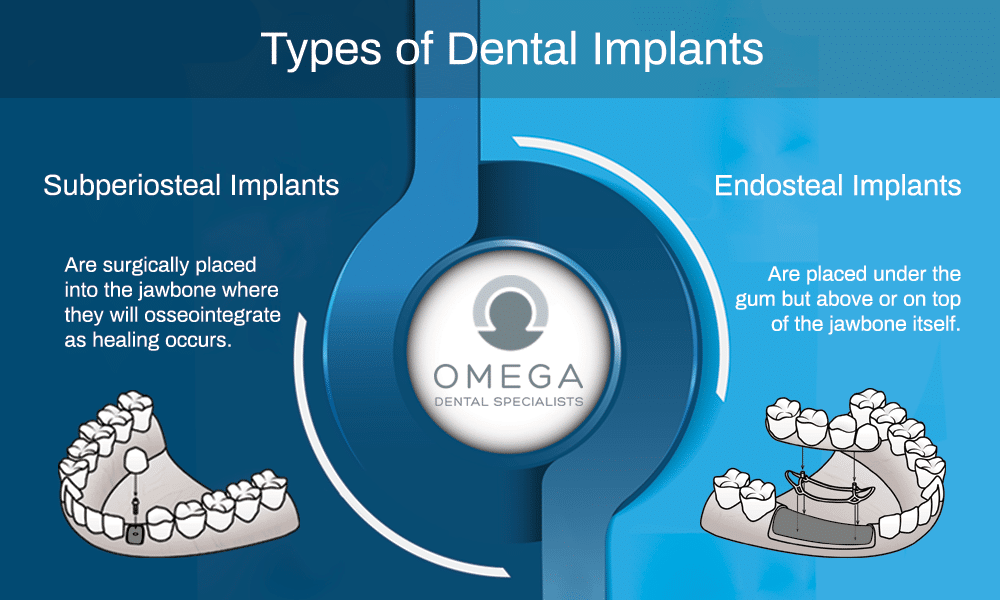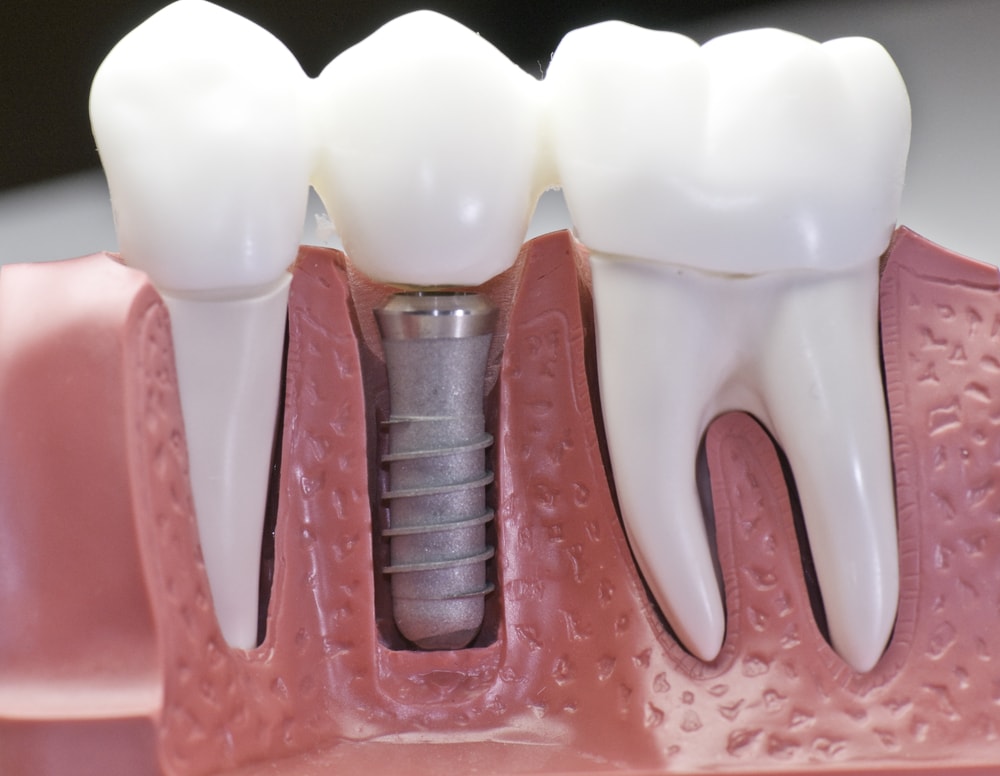The 5-Minute Rule for Dental Sense
The Ultimate Guide To Dental Sense
Table of ContentsHow Dental Sense can Save You Time, Stress, and Money.Dental Sense for DummiesDental Sense - An OverviewThe 6-Minute Rule for Dental Sense
are clinical tools operatively dental implanted into the jaw to bring back a person's capacity to chew or their look. They give support for artificial (fake) teeth, such as crowns, bridges, or dentures. When a tooth is shed because of injury or disease, a person can experience complications such as quick bone loss, malfunctioning speech, or adjustments to chewing patterns that result in pain.Oral implant systems contain a dental implant body and dental implant joint and may also consist of an abutment fixation screw. Root canal procedure. The oral implant body is operatively put in the jawbone instead of the tooth's origin. The dental implant joint is typically connected to the implant body by the abutment addiction screw and extends through gums into the mouth to support the affixed man-made teeth
(https://www.awwwards.com/dentalsense1/)Framework of The Dental Implant System choosing dental implants, speak with your oral service provider about the possible advantages and dangers, and whether you are a prospect for the procedure. Points to think about: Your general health and wellness is a vital consider determining whether you are an excellent prospect for dental implants, the length of time it will certainly take to heal, and how long the dental implant may remain in area.
Smoking may influence the healing process and lower the long-term success of the dental implant. The recovery procedure for the dental implant body may take several months or longer, throughout which time you normally have a momentary joint in area of the tooth. the oral implant procedure: Carefully follow the oral hygiene directions provided to you by your dental service provider.
About Dental Sense
Implant failure can result in the need for another procedure to take care of or change the implant system. Restores the capacity to chew Recovers cosmetic look Aids keep the jawbone from reducing due to bone loss Preserves the wellness of the surrounding bone and gums Helps keep surrounding (nearby) teeth secure Improves lifestyle Damage to bordering natural teeth during dental implant placement Injury to the surrounding cells throughout surgical treatment, such as sinus perforation Injury during surgery (as an example, crack of bordering jawbone) Inadequate function, such as really feeling like the teeth do not bite together normally A feeling that the tooth is loose or twisting in area arising from an abutment screw loosening up Implant body failing (looseness of the implant body) because of systemic infection, which might be much more most likely in people with unchecked diabetics issues due to local infection in bone and periodontals sustaining the implant body due to delayed healing, which might be most likely in clients who smoke Problem cleaning up the gums around the dental implant, resulting in inadequate dental hygiene Without treatment gum condition Post-surgical pins and needles as a result of nerve impingement or damages Always alert healthcare companies and imaging professionals that you have dental implants before any magnetic vibration imaging (MRI) or x-ray procedures.
FDA is not knowledgeable about any damaging occasions reported for MRI or x-ray treatments with oral implants. Oral implants systems are commonly made from materials that follow global agreement standards of the International Company for Standardization (ISO) or ASTM International. These standards have information of what makes a safe product.

An oral implant is a framework that changes a missing out on tooth. With screw-like devices, the doctor inserts an implant into the jawbone, and it acts as a support for a synthetic tooth, called a crown.
Indicators on Dental Sense You Should Know
Some people are not qualified for dental implant surgical procedure. It is for dental specialists to operate individuals with: severe illnessuncontrollable metabolic diseasebone or soft cells disease or infectionIf these issues are settled, an individual can have the surgical treatment. In, dental specialists avoid from operating people with: If individuals with any one of the above undertake oral implant surgical procedure, there is a greater danger of the dental implant stopping working.

Dental dental implant surgery is a tailored process. It's not the exact same for every person. Yet the complying with provides a general summary of what you can anticipate your dentist, oral doctor, periodontist or prosthodontist to do: Put the implant surgically. Give you time to heal. Connect the message and final crown, bridge or denture.
Next off, your cosmetic surgeon will meticulously position the oral implant into your jaw. If your dental implant is near the front of your mouth, your dental expert will make a short-lived tooth for you to wear up until you heal.
Some Known Factual Statements About Dental Sense
Your service provider can inform you what to expect in your scenario. During the recovery stage, your jawbone must fuse to the oral implant. This process, called osseointegration, is critical for security and long-term success. This procedure can take anywhere from 3 to nine months. Sometimes, it might take longer.
Once your implant heals, your dentist can affix the joint (little adapter blog post) and your last reconstruction (crown, bridge or denture). This usually takes regarding one hour to finish and may call for a 2nd minor surgical procedure. You shouldn't feel any discomfort throughout your dental implant treatment because your provider will utilize drug to numb your periodontals.